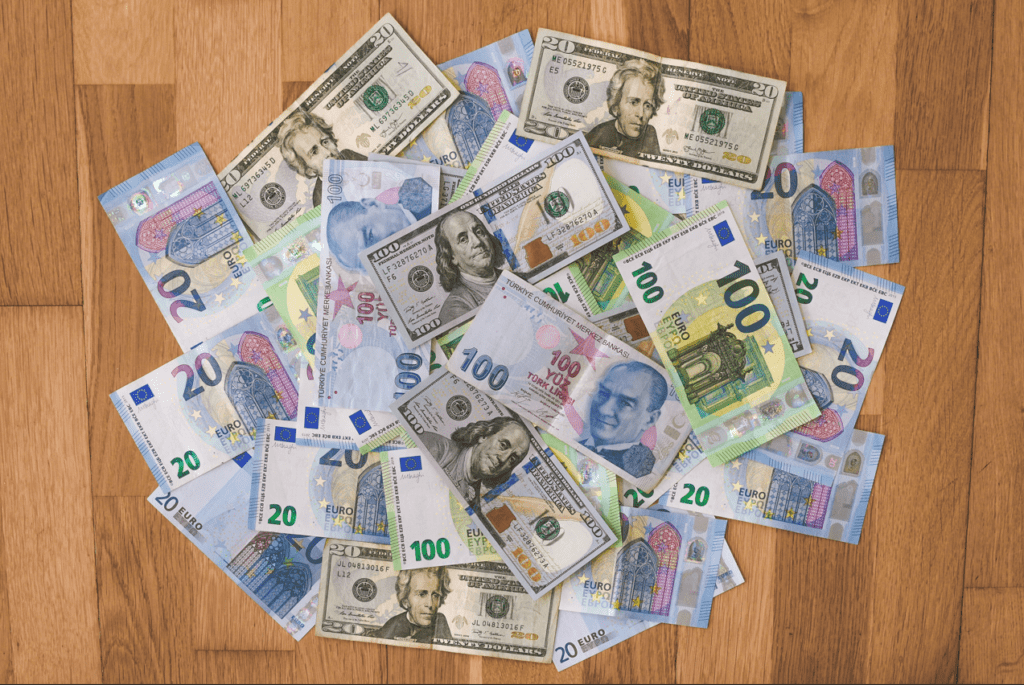
Why Is Europe Such a Mess?
August 1, 2022
On July 21st the European Central Bank (ECB) raised its short-term interest rates by half of one percent. When it comes to central banking systems our focus in the US tends to be on our own dear Federal Reserve rather than organizations elsewhere in the world. However, the issues Europe faces are very challenging and could affect us.
The ECB and our Fed are similar in many ways but different in so many more. It is these dissimilarities that makes the ECB’s job so much more difficult.
When the Euro was launched as a common currency in the European Union (EU) around the turn of the millennium, the countries that chose to adopt new currency felt that the trade and commerce benefits they would garner would outweigh the loss of monetary independence. Famous old currencies were abandoned as nations said goodbye to lira, drachma, Deutsche mark, and franc. Currently there are 19 EU countries in the ‘Eurozone’ and therefore subject to the ECB’s decisions. The head of the ECB, Christine Lagarde, must think at times like she is trying to herd 19 cats in this three-ring economic circus tent.
The two main planks for off setting economic policy are monetary and fiscal. Monetary policy is typically set by a centralized group of market and economic experts working for a central bank. This is true for the US and the Eurozone. Fiscal policy is typically decided by elected officials, AKA politicians, and addresses spending and taxing policies. In the US, fiscal policy is set by our legislative and executive branches of government. In the Eurozone, 19 different countries must act in concert for what is good for the whole group. That can lead to problems. What is good for a German worker might not be for an Italian worker. The French might need cheaper food, but Germans might need more natural gas. Elected leaders in these 19 countries walk a tight rope between taking care of the needs of their citizens and seeking to preserve the benefits and sustainability of the Eurozone overall.
The current environment in Europe is unstable. The Euro has collapsed versus the US dollar having dropped from 1.21 to 1.02 in just the last year. The region is going through significant political change. For example, the prime ministers of both Italy and the UK have had to resign. Interest rates are now on the upswing for the first time since 2011. Russia has been accused of the weaponization of energy and the ECB has just recommended all member countries cut natural gas usage by 15%. Fears of rising inflation and rolling electricity black outs grip the region. The cost to borrow money for each country is not the same, currently Germany can borrow money in the bond market at a rate of 0.81% but Italy must pay 3.00%.
Amidst all these issues facing the region it is no wonder why so many think that Europe is a mess.
Carl Gambrell

